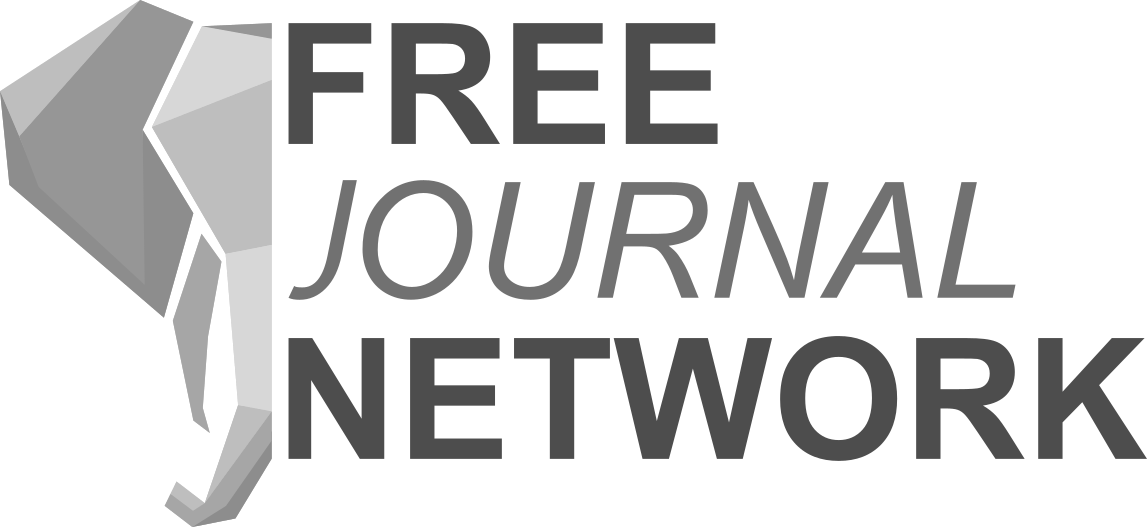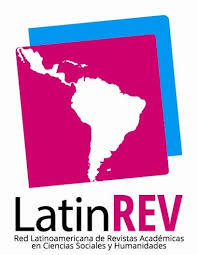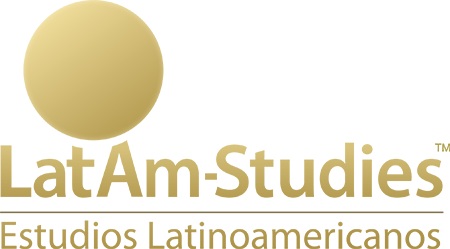Music and emotions: A historical tour through the sources
DOI:
https://doi.org/10.24215/2422572Xe022Keywords:
musical emotions, musical aesthetics, art and emotions, music and emotionsAbstract
In this research, we make a historical journey in the relation between music and emotions. We will understand from theoretical sources, both those of a musical nature and those related to philosophy, what the relationship is between both entities. It is concluded that emotions resist every esthetic change, and therefore, the link between music and emotions is absolute
Downloads
Metrics
References
Apel, W. (1942). The notation of polyphonic music, 900-1600. Cambridge: Mediaeval Academy of América.
Aristógenes. (1870). Elements harmoniques. (C.-É. Ruelle, Trad.). Paris: Lalaine.
Bach, J. (1722). Das wohltemperierte klavier. Leipzig: Breitkopf und Härtel.
Blunt, L. (2001). Music therapy. En Grove Music Online (Ed.), Oxford music online (s/p). Oxford University Press. https://doi.org/10.1093/gmo/9781561592630.article.19453
Baudelaire, C. (1868/2015). The flowers of evil. (J. McGowan, Trad.). Nueva York: Oxford University Press.
Broomhall, S. (2015). Ordering emotions in Europe (1100-1800). Leiden: Brill.
Casado, C. y Colomo, R. (2006). Un breve recorrido por la concepción de las emociones en la filosofía occidental. A Parte Rei, 47, 1-10.
De Fuenllana, M. (1554). Libro de música para vihuela intitulado Orphenica Lyra. Sevilla: Martin de Montesdoca.
Descartes, R. (1649/2005). Las pasiones del alma. (T. Gascón Onaindia, Trad.). Madrid: Edaf.
Dobrzynska, E., Cesarz, H., Rymaszewska, J. y Kiejna, A. (2006). Music therapy- history, definitions and application. Archives of Psychiatry and Psychotherapy, 8(1), 47-52.
Fernández, C. (2010). Técnicas compositivas antitonales. Estudio de tres tratados de contrapunto. Valencia: Piles.
Frandsen, M. (2006). Crossing confessional boundaries: The patronage of italian sacred music in seventeenth-century Dresden. Oxford: Oxford University Press.
Friedler, K. (2005). Escritos sobre el arte. Madrid: Visor.
Fubini, E. (2005). La estética musical desde la antigüedad hasta el siglo XX. Madrid: Alianza.
Fubini, E. (2007). Música y estética en la época medieval. Navarra: Eunsa.
Fubini, E. (2014). El siglo XX: entre música y filosofía. Valencia: Col·lecció Estética & Crítica.
Fulcher, J. (2001). Debussy and his world. Nueva Jersey: Princeton University Press.
García, A. (2015). Enciclopedia musical. Bloomington: Palibrio.
Girod, L. (1862). De la música religiosa. Madrid: Manuel Galiano.
Huron, D. (2001). Eduard Hanslick. Notes by David Huron. Ohio: Ohio State University.
Kivy, P. (1990). Music alone: Philosophical reflections on the purely musical experience. Nueva York: Cornell University Press.
Laborda, J. M. (2004). La música moderna y contemporánea a través de los escritos de sus protagonistas (una antología de textos comentados). Sevilla: Doble.
Lincoln, K. (2013). A golden age economy. Leicestershire: Troubadour Publishing.
Lippius, J. (1612). Synopsis musicæ novæ omino veræ atque methodicæ universæ. Estrasburgo: Olms.
Listenius, N. (1537). Musica. Wittenberg: Georg Rhau.
López-Cano, R. (2000). Música y retórica en el barroco. México, D.F.: Universidad Nacional Autónoma de México.
Monteverdi, C. (1638). Madrigales. Venecia: Alessandro Vincenti.
Nicholls, D. (2002). The Cambridge companion to John Cage. Cambridge: Cambridge University Press.
Norton, G. (1999). The Cambridge history of literary criticism: The renaissance. Cambridge: Cambridge University Press.
Nucius, J. (1613). Musices poeticæ, sive de compositione cantus praeceptiones. Neisse: Odisea.
Ottenberg, H. (1987). Carl Philip Emanuel Bach. Nueva York: Oxford University Press.
Palisca, C. V. y Bent, I. D. (2001). Theory, theorists. En Grove Music Online (Ed.), Oxford music online. Oxford: Oxford University Press. https://doi.org/10.1093/gmo/9781561592630.article.44944
Pascual-Barea, J. (2006). Benito Arias Montano y su maestro de poesía Juan de Quirós. En J. M. Maestre-Maestre, E.
Sánchez-Salor, M. A. Diaz-Gito, L. Charlo-Brea, y P. J. Galán-Sánchez (Eds.), Benito Arias Montano y los humanistas de su tiempo (pp. 125-149). Merida: Separata.
Pelosi, F. (2010). Plato on music, soul and body. (S. Henderson, Trad.). Nueva York: Cambridge University Press.
Pérez-Sierra, J. (2010). Antonio de Cabezón (1510-1566). Una vista maravillosa del ánimo. Madrid: Sociedad Española de Musicología.
Putnam, D. (2005). Natural and empty desires: An epicurean view of musical experience. Contemporary Aesthetics, 3(1), s/p.
Quantz, J. J. (1752/2001). On playing the flute. (E. E. Reilly, Trad.). Boston: Northeastern University Press.
Quintiliano, A. (1996). Sobre la música. (L. Colomer y B. Gil, Trad.). Madrid: Gredos.
Rameau, J. P. (1722). Traite de l’harmonie. Paris: Christophe Ballard.
Rameau, J. P. (1760). Code de musique pratique. Paris: Imprenta Real.
Scade, P. (2017). Music and the soul in stoicism. En R. Seaford, J. Wilkins, y M. Wright (Eds.), Selfhood and the soul: Essays on ancient thought and literature in honour of Christopher Gill (pp. 197-218). Oxford: Oxford University Press.
Schönberg, A. (1958). Letters. Berkeley: University of California Press.
Sciarrino, S. (2010, octubre 6). Salvatore Sciarrino with Alessandro Cassin [Digital]. Recuperado a partir de http://www.brooklynrail.org/2010/10/music/salvatore-sciarrino-with-alessandro-cassin
Sorabji, R. (2000). Emotion and peace of mind: From stoic agitation to christian temptation. Oxford: Oxford University Press.
Spade, P. (2008). Medieval philosophy. En E. N. Zalta (Ed.), Stanford Encyclopedia of Philosophy (s/p). Standford: Center for the Study of Language and Information. Recuperado a partir de https://plato.stanford.edu/archives/fall2008/entries/medieval-philosophy/
Steblin, R. (2002). A history of key characteristics in the eighteenth and early nineteenth centuries. Nueva York: University of Rochester Press.
Strunk, O. (1988). Source readings in music history. Nueva York: Norton and Company.
Whitfield, S. (2010). Music: Its expressive power and moral significance. Musical Offerings, 1(1), 11-19. https://doi.org/10.15385/jmo.2010.1.1.2
Whitwell, D. (2017). Essays on the origins of western music. Washington: Daniel Whitwell.
Williams, A. (2013). Music in Germany since 1968. Cambridge: Cambridge University Press.
Zarlino, G. (1558). Le istitutioni harmoniche. Venecia: Autor.
Downloads
Published
How to Cite
Issue
Section
License
![]()
Authors who publish in this journal accept the following conditions:
- Authors retain the copyright and assign the right of first publication to the journal, with the work registered under a Creative Commons attribution license (CC-BY), which allows third parties to use what is published whenever they mention the authorship of the work and the first publication in this magazine.
- Authors can make other independent and additional contractual agreements for the non-exclusive distribution of the article published in this journal (e.g., include it in an institutional repository or publish it in a book) as long as they clearly indicate that the work was published for the first time in this magazine.
- Authors are allowed and encouraged to publish their work on the Internet (e.g., on institutional or personal webpages) before and during the review and publication process, as it can lead to productive exchanges and greater and faster dissemination of published work (see The Effect of Open Access ).





































